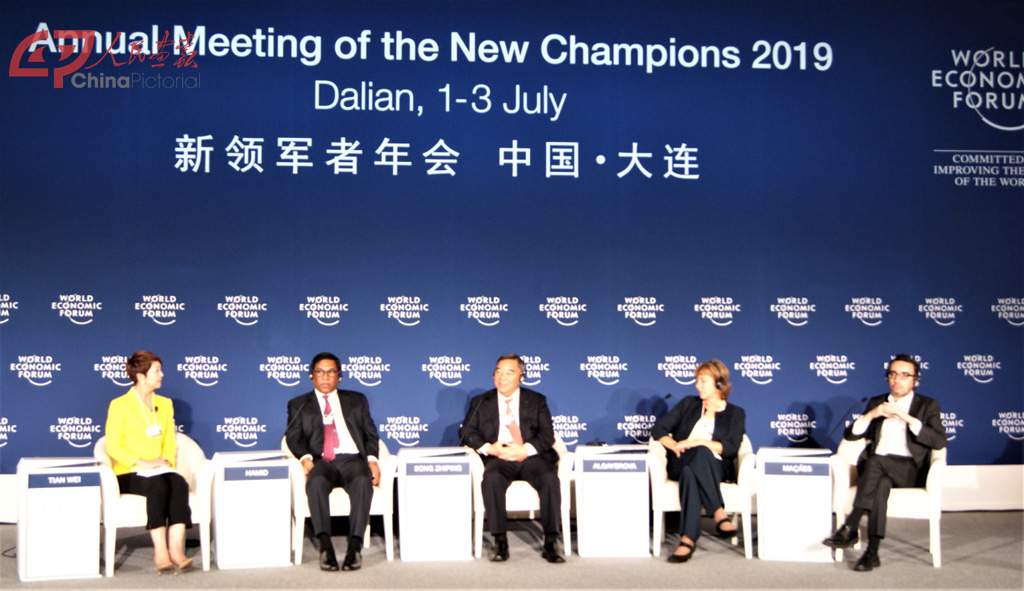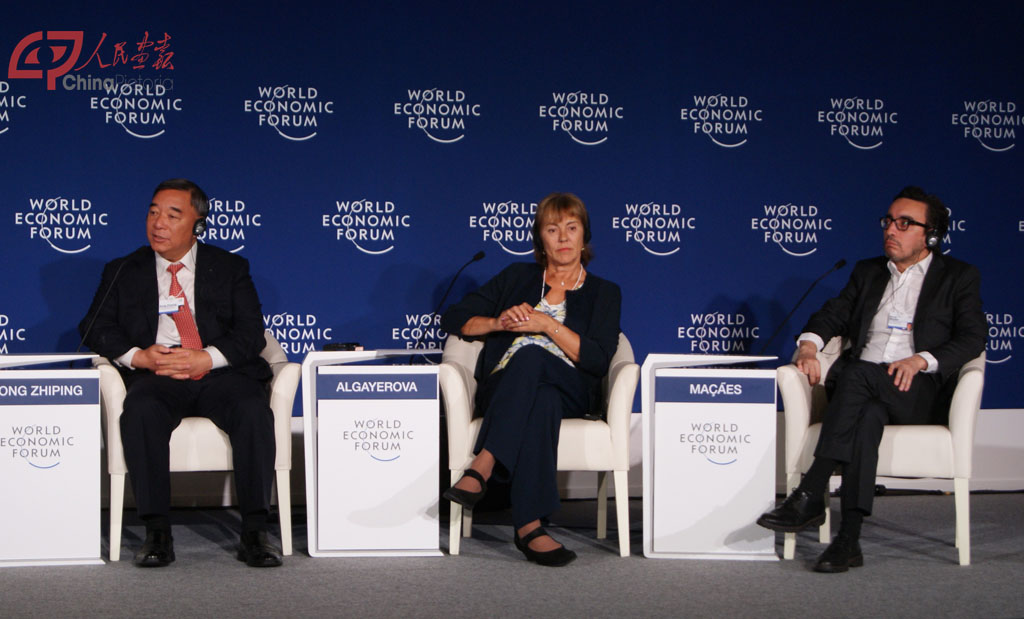The Future of the Belt and Road Initiative

Since the Belt and Road Initiative was introduced in 2013, China has signed cooperation agreements with more than 120 countries and nearly 30 international organizations. What does the future of the initiative look like for China and the world? Panelists discussed this question at a session themed “The Future of the Belt and Road Initiative” during the 13th Annual Meeting of New Champions of the World Economic Forum (WEF), also known as Summer Davos, which is held from July 1 to 3 in the northeastern Chinese coastal city of Dalian.
“The Belt and Road Initiative represents a kind of globalization,” said Bruno Maçães, a Portuguese senior fellow at Renmin University of China and the author of The Dawn of Eurasia, adding that different regions need to work together to make a better world.
Some worry that the Belt and Road Initiative may cause less developed participating countries to fall into the so-called “debt trap.” Song Zhiping, chairman of China National Building Material Group Co., Ltd. pointed out that the initiative aims to boost development, and participating countries could repay “debts” through their economic development.
“There are both competition and cooperation between companies from different countries in the construction of the Belt and Road,” added Song, using his company’s cooperation with Japan’s Mitsubishi in some African projects as an example. “All parties working together can create more opportunities. Mutual benefits are not fancy rhetoric, but practical business logic.”

Some panelists at the session themed “The Future of the Belt and Road Initiative” during the 13th Annual Meeting of New Champions. From left: Song Zhiping, chairman of China National Building Material Group Co., Ltd., Olga Algayerova, executive secretary of the United Nations Economic Commission for Europe, and Bruno Maçães, senior fellow at Renmin University of China.
Environmental protection is also a big concern in the process of promoting the Belt and Road Initiative. According to the World Bank, approximately 70 percent of global GHG emissions come from construction and operation of infrastructure (including power and transportation) and buildings. As the Belt and Road countries will host most of the world’s new infrastructure projects in the coming decades, it is critical that these projects are green and low-carbon.
Song pointed out that his company always put the environment first when investing in other countries. Now China has a deeper understanding of environmental protection, it is applying such understanding into the construction of the Belt and Road, so as to avoid the old path of “pollution first and treatment later.”
Olga Algayerova, executive secretary of the United Nations Economic Commission for Europe, stressed that tackling climate change should be emphasized in the implementation of the Belt and Road Initiative. Each project has abundant effects, and we need to act fast for common good, she said.